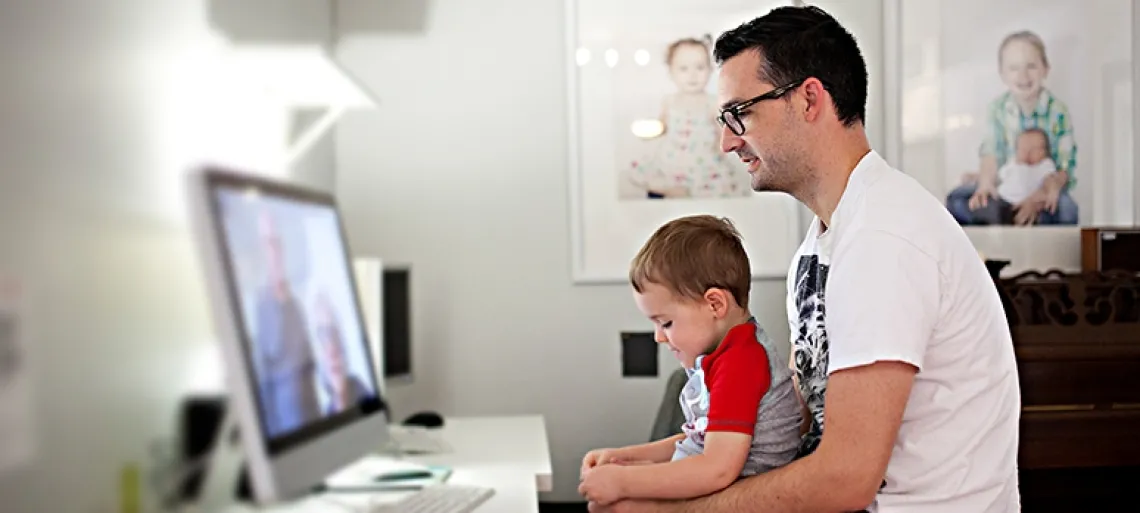How To Maintain Powerful Connections With Physical Distancing

Physical distancing, recommended by the World Health Organization to slow the spread of COVID-19, has changed the playing field of our intrinsic human need for social connection. We now try to hold a physical distance of six or more feet from those outside our immediate households, in order to help keep ourselves, our loved ones, and our communities healthy and safe.
However, social isolation was a health concern across the age spectrum even before physical distancing. A survey conducted in January 2020 shows that 79% of Generation Z (age 23 and younger), 71% of millennials (age 24–39), and 50% of baby boomers (age 56–74) report feelings of loneliness. This lack of connection is correlated with a number of health issues, including anxiety and depression, heart disease, lower cognitive function, and compromised immunity, especially for those who are older.
However, with some creativity, we can maintain and even establish strong bonds in spite of physical separation. Here’s a simple four-step approach.
- Accept ...
- The obligation to stay current with trusted sources, such as the Centers for Disease Control.
- The essential guidelines of physical distancing.
- The need to ask for and accept help.
- Acknowledge ...
- The reality that physical distancing is very new to everyone, and we can only put our best efforts forward.
- The emotions that these lifestyle changes spark in our loved ones and ourselves.
- The need to recognize and process these emotions to stay strong and present.
- Gratitude for who and what we have that helps us connect.
- Get resourceful ...
- With technological options, including phone calls, text messages, FaceTime, Zoom, and tablet computers such as the GrandPad.
- With old-school methods of communication, because receiving a handwritten letter or a child’s homemade art project can be a source of joy.
- With work-arounds for sensory limitations, such as hearing, vision, and speech issues.
- And take action.
- Throw a Zoom prom, FaceTime a singalong, or watch a movie together on Netflix Party.
- Learn what works, forgive yourself for what doesn’t, and be willing to make adjustments.
- Offer to do small tasks for neighbors, because a simple gesture may serve as a huge help to others.
- Stay consistent with self-care!
The initial shock of physical distancing had us scratching our heads ... and then washing our hands.
We accept that our world has changed significantly. We acknowledge that physical distancing is necessary to keep us safe and healthy. And our commitment to forming and cultivating contacts will keep us powerful in the fight against social isolation. Coming together while physical distancing will see us through this crisis to a community that is strong, cohesive, and yes, even joyous.

